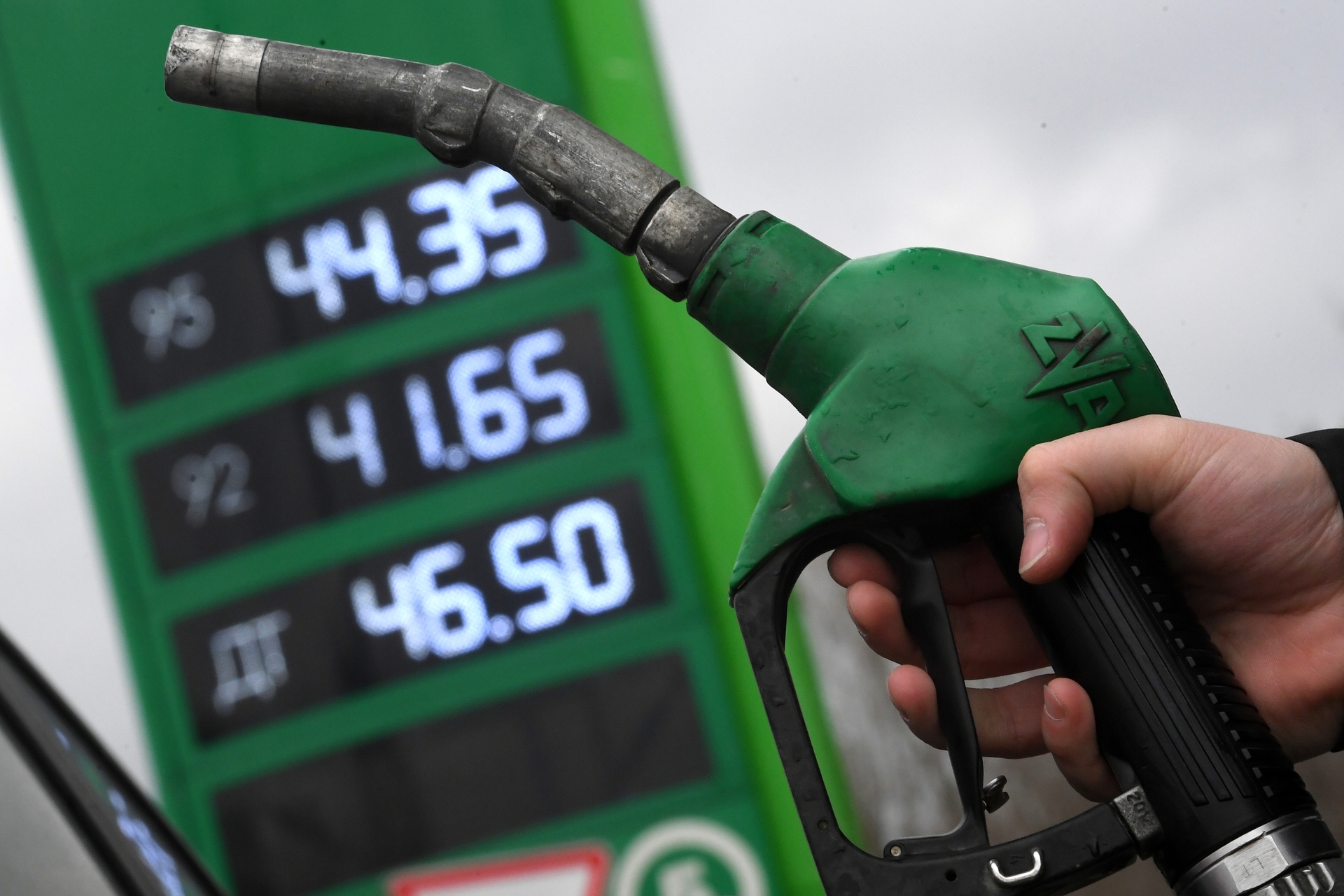The Russian government will adjust the fuel price containment mechanism.
This was announced by Deputy Prime Minister Alexander Novak following a meeting with representatives of relevant departments and oil companies.
“The mechanism in the current macroeconomic conditions at the current exchange rate and with an increase in oil prices on world markets partially required an adjustment.
The government has worked out this issue.
At present, the Russian Ministry of Finance is preparing a corresponding draft law.
It is planned that this mechanism will start working on May 1, 2021 in order to maintain marginality in retail and price stability at gas stations, "the press service of the Cabinet of Ministers quotes Novak.
Recall that after a sharp rise in the cost of fuel in 2018, the Russian government agreed with oil companies to freeze wholesale prices.
At the same time, it was unprofitable for oilmen to supply fuel to the Russian market at a fixed cost.
Export prices significantly exceeded domestic prices, so it was more profitable for businesses to sell oil products abroad.
As a result, from January 1, 2019, the authorities launched a damping mechanism.
As part of the initiative, the government began to reimburse companies for lost revenues from fuel supplies to the domestic market.
Thus, if the prices for fuel within the country are lower than export prices, oil workers receive compensation from the budget.
At higher prices on the domestic market, companies, on the other hand, transfer part of their profits to the treasury.
This state of affairs avoids sharp jumps in the cost of fuel for consumers.
It is noteworthy that over the past two years, the action of the damper has made it possible to slow down the rise in the price of gasoline in Russia by several times.
If in 2018 the prices for this type of fuel in the country increased by 9.4%, then already in 2019 the growth was only 1.9%, and in 2020 - 2.5%.
This is evidenced by Rosstat data.
Note that the damping mechanism contains the so-called indicative wholesale price of gasoline in the domestic market.
On its basis, the authorities calculate the amount that oil workers should transfer to the budget or receive as compensation from the government.
In 2019, the indicative price was set at 51 thousand rubles per ton and was to be indexed annually by 5%.
So, in 2020, the indicator increased to 53.6 thousand rubles, and from January 1, 2021, it increased to 56.3 thousand rubles.
At the same time, such an increase in the indicative price has become unprofitable for oil companies over time.
Against this background, the authorities decided to adjust the damper formula.
Anton Greenstein, an expert at the Hamilton information and analytical center, spoke about this in an interview with RT.
“The initially predicted annual increase in the indicative price by 5%, given the lagging growth of retail prices (by about 2%), led to a decrease in the profits of manufacturers and retailers.
The situation led to the fact that already in 2021, companies began to sell fuel domestically at a loss.
Therefore, the business could either continue to lose money, or raise the prices at gas stations by more than 5%.
To prevent this from happening, the authorities decided to tie the increase in the indicative price to the increase in retail prices, ”said Grinstein.
RIA News
© Maxim Bogodvid
Adjusting the damper will increase the amount of compensation to oil companies.
As a result, the business will be able to restrain the growth of retail prices for fuel without loss.
Pyotr Pushkaryov, chief analyst of TeleTrade Group, told RT about this.
“Budget expenditures on the damper may increase by about 150 billion rubles.
On the other hand, representatives of the oil industry will be able to freeze selling prices for gasoline and prices at gas stations, economically and without new losses for themselves.
As a result, until the end of spring, or even until the summer, the price tags at gas stations will no longer be rewritten upward, which is important not only for motorists, but also for all road carriers, "Pushkarev emphasized.
According to Anton Greenstein, taking into account the innovations, the growth of retail prices for gasoline in Russia will remain within the framework of inflation.
According to Rosstat, in February, annual inflation in Russia accelerated to 5.7%.
However, according to the forecast of the Central Bank, already in the middle of spring, the growth of consumer prices in the country will begin to slow down and by the end of 2021 will return to the range of 3.7-4.2%.
As the executive director of the capital market department of Univer Capital, Artyom Tuzov, told RT, in these conditions in the spring months, the average retail prices for AI-92 and AI-95 gasoline, depending on the region, will be in the range of 45-46 rubles and 49-51 ruble per liter, respectively.

